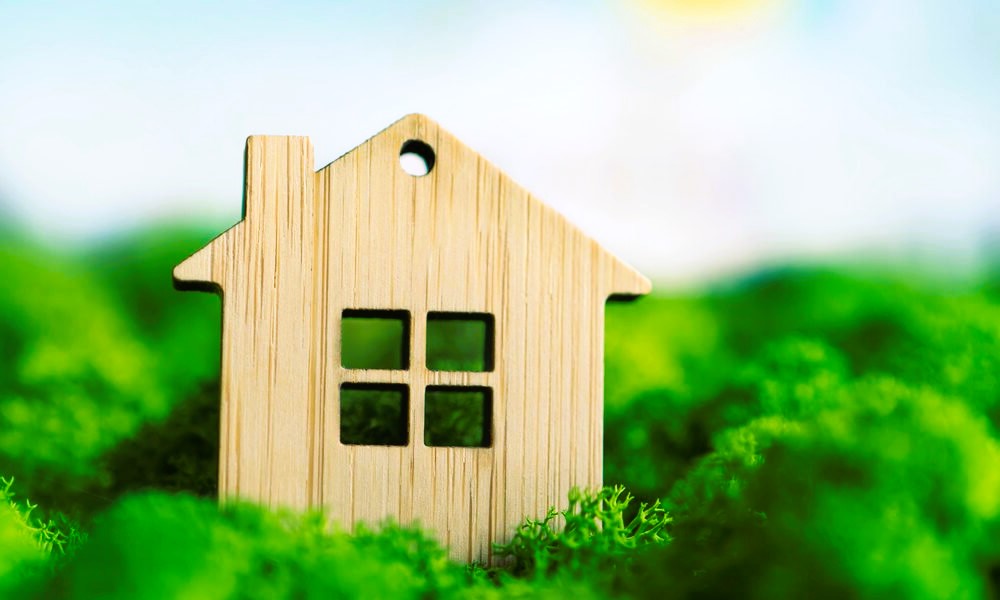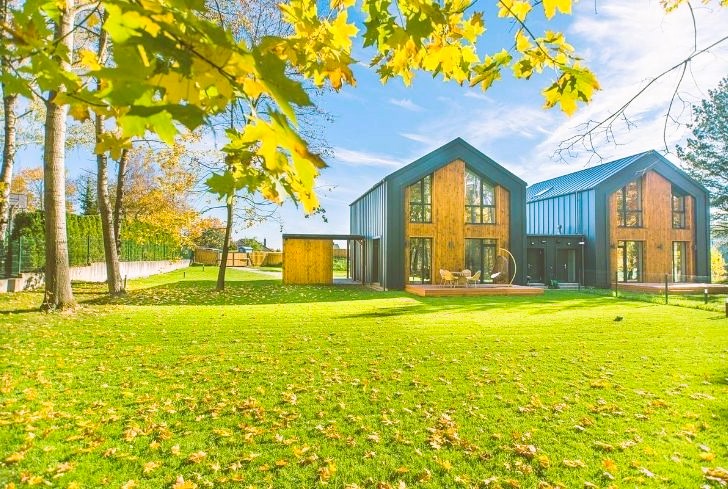In an era where environmental sustainability is crucial, creating a green home is a meaningful step towards reducing our ecological footprint and preserving the planet for future generations. A green home promotes energy efficiency, reduces waste, and incorporates eco-friendly practices into our daily lives. In this article, we will explore the environmental benefits of a green home and provide practical tips to help you create a more sustainable living space.

Environmental Benefits of a Green Home:
- Reduced Carbon Footprint: A green home significantly reduces your carbon footprint by minimizing energy consumption, waste generation, and greenhouse gas emissions. By adopting energy-efficient practices and utilizing renewable energy sources, you can contribute to mitigating climate change and preserving the environment.
- Energy Efficiency: A green home prioritizes energy efficiency through measures such as proper insulation, energy-efficient appliances, and LED lighting. This reduces reliance on fossil fuels, lowers energy consumption, and helps combat air pollution and greenhouse gas emissions associated with energy production.
- Water Conservation: Green homes incorporate water-saving measures such as low-flow fixtures, rainwater harvesting systems, and efficient irrigation methods. By conserving water, you not only reduce water usage but also alleviate the strain on freshwater sources and wastewater treatment facilities.
- Improved Indoor Air Quality: Green homes prioritize indoor air quality by using non-toxic materials, proper ventilation systems, and natural cleaning products. This helps reduce the presence of pollutants and allergens, creating a healthier living environment for you and your family.
- Waste Reduction and Recycling: Green homes emphasize waste reduction through recycling, composting, and responsible material choices. By minimizing waste sent to landfills, you help conserve natural resources, reduce greenhouse gas emissions from waste decomposition, and promote a circular economy.
- Preservation of Natural Resources: Green homes utilize sustainable building materials, such as recycled or renewable resources, to minimize environmental impact. By reducing resource extraction and promoting sustainable practices, you contribute to the preservation of ecosystems and biodiversity. Heating in a Canadian home, here are some tips.
- Improved Resilience to Climate Change: Green homes often incorporate design features that enhance resilience to climate change, such as passive heating and cooling strategies, stormwater management systems, and drought-tolerant landscaping. These measures help mitigate the impacts of climate change and create more sustainable, adaptable homes.

Tips for Creating a Green Home:
- Energy-Efficient Heating and Cooling: Upgrade to energy-efficient heating and cooling systems, properly insulate your home, and seal air leaks to optimize energy usage and reduce reliance on fossil fuels.
- Renewable Energy Sources: Install solar panels or utilize other renewable energy sources to generate clean, renewable energy for your home. This reduces dependence on traditional energy sources and lowers greenhouse gas emissions.
- Water-Saving Fixtures: Install low-flow faucets, showerheads, and toilets to minimize water consumption. Collect rainwater for outdoor use and consider xeriscaping, which utilizes drought-tolerant plants and efficient irrigation methods.
- Efficient Appliances and Lighting: Replace outdated appliances with energy-efficient models and switch to LED lighting for reduced energy consumption and lower utility bills.
- Sustainable Materials: Choose sustainable and non-toxic materials for construction and remodeling projects. Look for eco-certifications and opt for materials with low embodied energy and minimal environmental impact.
- Waste Management: Implement a comprehensive waste management system that includes recycling, composting, and responsible disposal of hazardous materials. Reduce waste by opting for reusable products and avoiding single-use items.
- Indoor Air Quality: Improve indoor air quality by using low-VOC paints, natural cleaning products, and proper ventilation systems. Regularly maintain HVAC systems and replace air filters to ensure clean and healthy indoor air.
For more information on green home practices, you can refer to the green building. Additionally, the Government of Canada offers resources and initiatives for sustainable practices through canada.ca.
Creating a green home not only benefits the environment but also enhances your quality of life and promotes a sustainable future. By implementing these tips and adopting eco-friendly practices, you can make a positive impact and inspire others to join the movement towards a greener, more sustainable world.
